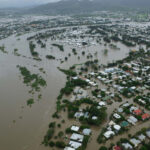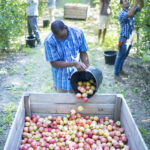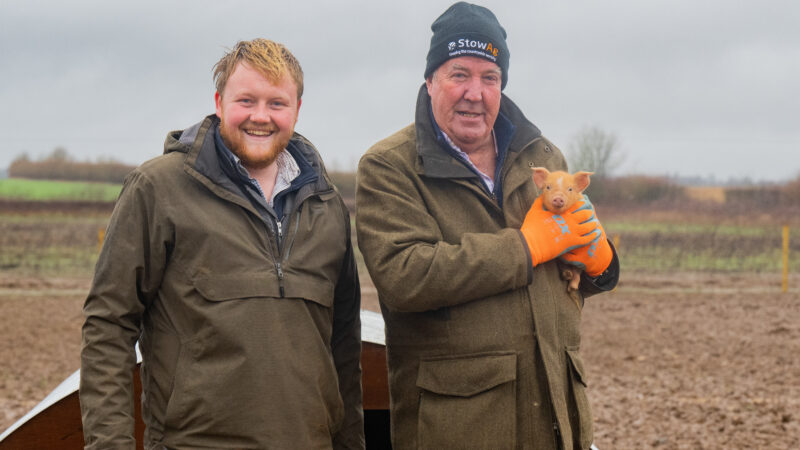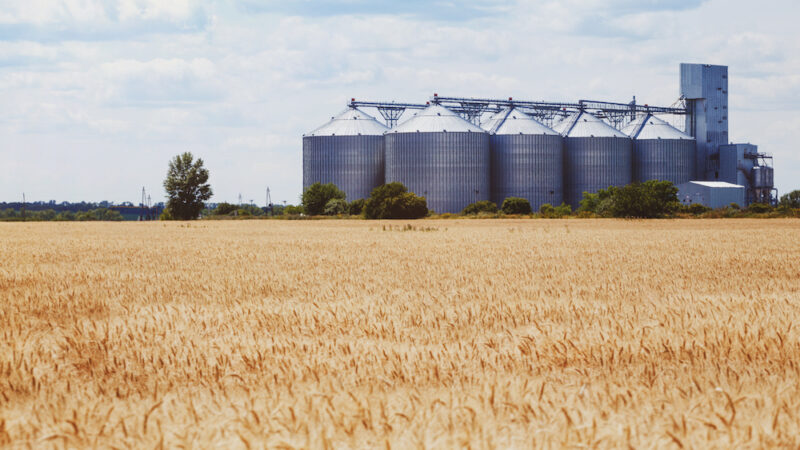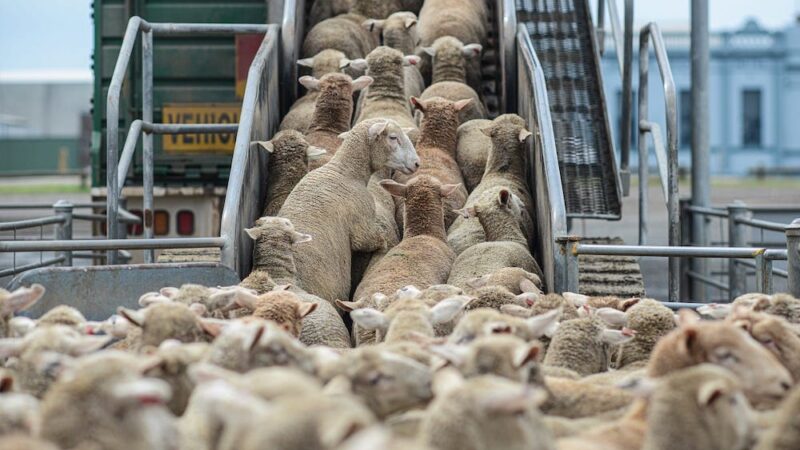The weekend's one-in-a-hundred year flood on the mid north coast has had catastrophic impacts with…
Timber shortage: wood and a hard place
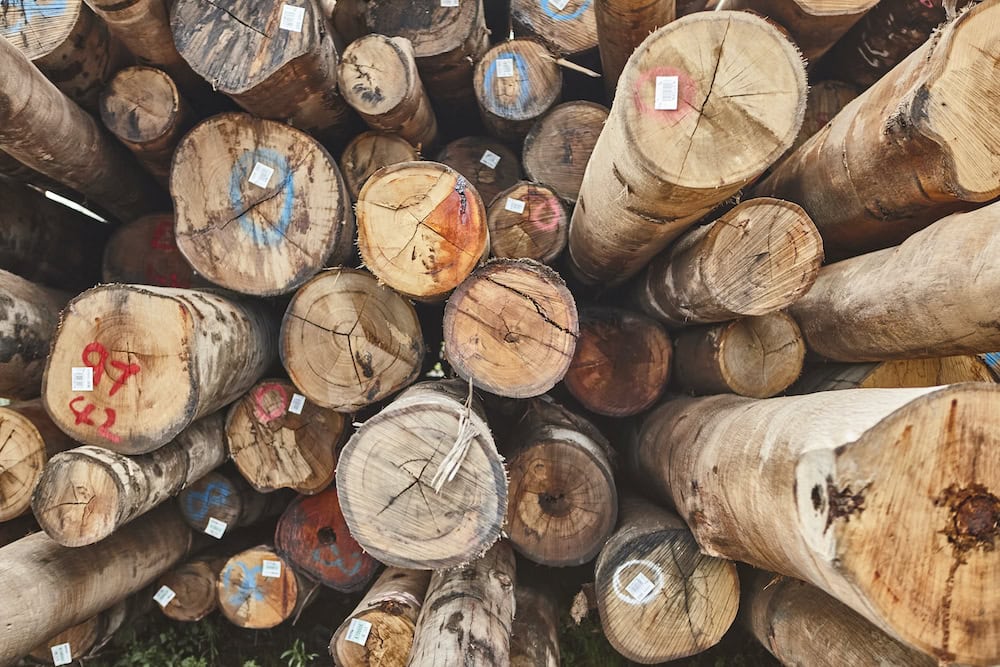
A recent report from Master Builders Australia and the Australian Forest Products Association estimates that the timber shortage in NSW�s timber will reach the equivalent of 250,000 house frames by 2035.
Both organisations have called on the Federal and State governments to develop a national plan that encourages new plantings of �the right types of trees at the right scale and in the right places� to avert a crisis.
Most timber for house frames comes from commercial softwood plantations and the gap can�t readily be filled by hardwood, which is also in short supply.
But the hardwood shortage provides a golden opportunity for landowners with native forest on their properties, who aren�t yet actively managing it for timber or for conservation.
The Hurford Group director Andrew Hurford says that was how his grandfather, James, started the family business during the post-World War II construction boom, buying a small steam sawmill and a 400ha forest block at Bungawalbin, southeast of Casino.
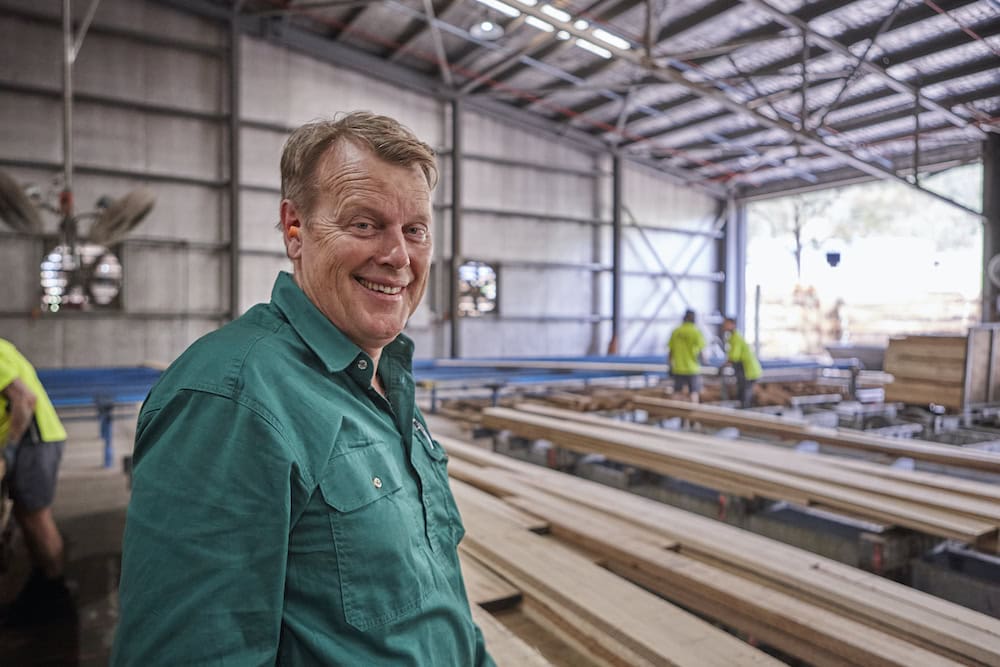
�We still have that forest today,� he says. �It�s produced timber for my grandfather and it�s producing timber for me and my children.�
Andrew Hurford.
The Hurford Group now owns 5,000 hectares of hardwood plantations and farms for cattle and timber from private native forestry (PNF), as well as mills at Casino, Kyogle and Kempsey and a factory at Tuncester, west of Lismore.
Andrew, who is Chairman of Timber NSW, says the logs are turned into high value items like flooring, furniture, decking and cladding, and products where durability is needed, such as bridge timbers, piers, wharfs and public walkways.
Hurfords processes its own timber and buys hardwood logs from other PNF producers across the Northern Rivers region. About half the logs come from state forests through the NSW Forestry Corporation.
Since 2018, NSW Local Land Services (LLS) has been responsible for providing advice and approving PNF plans, while the NSW Environment and Protection Authority retained its compliance and enforcement role.
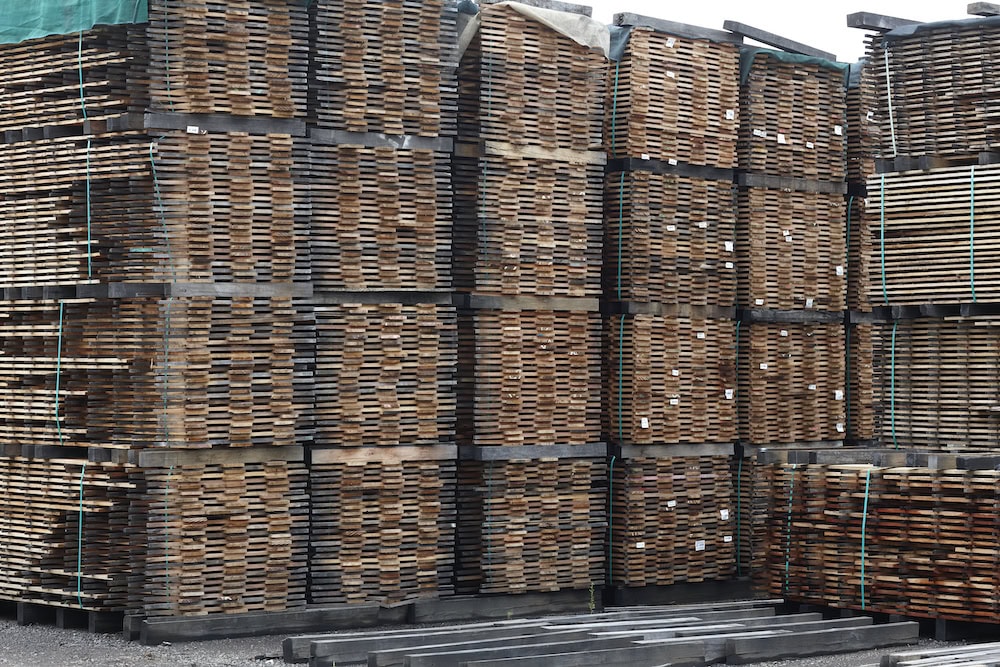
PNF plans are governed by codes of practice, which set minimum operating standards and contain provisions to ensure ecologically sustainable management. There are different codes for the four main regions: northern NSW, southern NSW, river red gum forests and cypress and western hardwood forests.
The NSW Government began a review of the codes in 2018. At the time it was estimated PNF accounted for 8.7 million hectares, or 39.7 per cent of the state�s native forests.
Andrew says one of the hurdles to any expansion of PNF is the overlapping and conflicting regulations that apply to different activities on those farms � from grazing cattle to fences, as well as firebreaks, weed and vermin control.
�There�s been some terrific initiatives,� Andrew says. �On the positive side, Local Land Services is well placed to give advice and assist landholders with getting the necessary approvals and knowledge. But on the flip side of that, you�ve got a potentially growing dual consent problem that stems from councils imposing the DA process on people whose land is already covered by LLS.�
Central to the imbroglio is the much-loved icon of the Australian bush, the koala, which is endangered in NSW.
When the PNF Code was introduced in 2007, it prohibited logging in core koala habitat and allowed councils to identify those areas under a Koala Plan of Management (KPOM).
By March 2021, there were nine approved KPOMs across the state, in the Ballina, Bellingen, Byron, Kempsey, Port Stephens and Tweed shires, and the cities of Campbelltown, Coffs Harbour and Lismore.
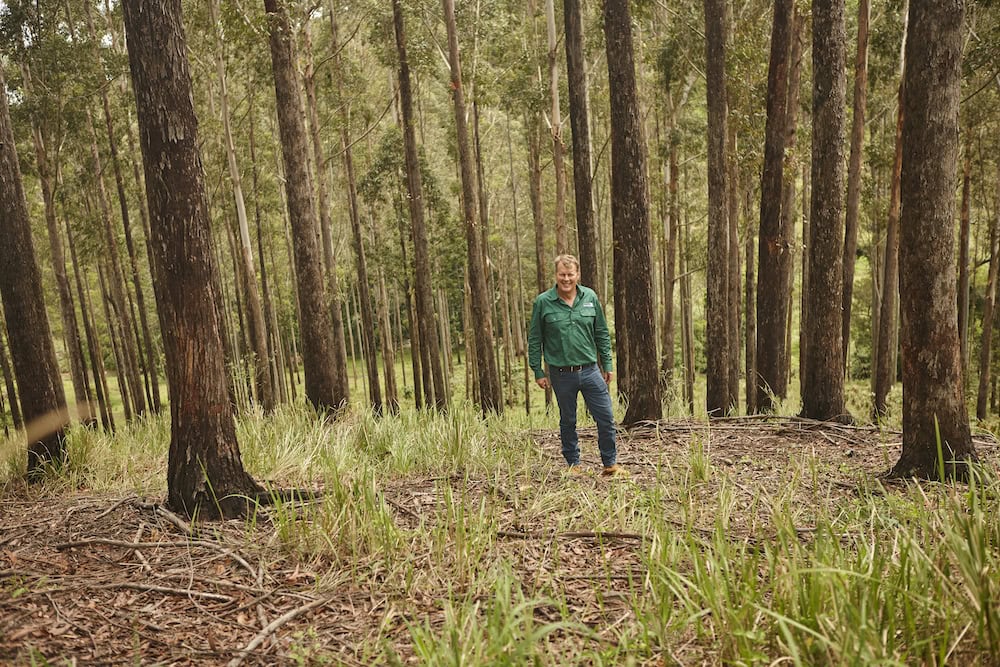
The hurdles of going private
Patience is an essential quality for anyone involved with PNF, which is traditionally less intensive than commercial plantations. It is predominately done in conjunction with livestock production on farms and provides a valuable source
of income
Just ask Tenterfield farmer Bronwyn Petrie who last cut timber from the family�s PNF before the codes of practice took effect in July 2007.
Bronwyn raises Angus cattle southeast of Tenterfield with her ex-husband Bill and their son Tim, who is the sixth generation of the family to fell timber.
�Timber harvesting was a regular activity for us but when they introduced the current code, the rules prohibited the co-existence of livestock. Even though we�ve been working that area for over 100 years, it meant we had to choose whether we�re stock people or timber people.�
Bronwyn says bureaucrats visualised that farmland was utilised in zones assigned to a single purpose, such as cropping, grazing or forestry.

�Very few farmers do that with PNF. In our case, the timbered country is really good for grazing in winter,� she says. �And it�s also good in the drought because that�s where we�ve got multiple creeks and the cattle keep the undergrowth down. The codes are overly prescriptive, it�s like someone wants it to sit very neatly on a computer, which doesn�t necessarily work in the paddock.�
As Chairman of the NSW Farmers Conservation and Resources Committee and a member of the National Parks and Wildlife Advisory Council, Bronwyn has spent years lobbying for common sense changes to the rules.
Some of the impediments have been removed, but Bronwyn and others have been waiting for new PNF codes of practice to be released.
The review of PNF codes of practice that began in 2018 was due for completion by September 2019. But it was delayed and became entangled in the 2020 political dispute dubbed the �koala wars�. [See breakout box below]
During last year�s budget estimates hearings, former Agriculture Minister Adam Marshall was quizzed about progress on the PNF review.
Mr Marshall said LLS and the Environment, Energy and Science division were still working on it, and the Natural Resources Commission would be asked for advice before the codes came back to him and then Environment Minister Matt Kean for assent.
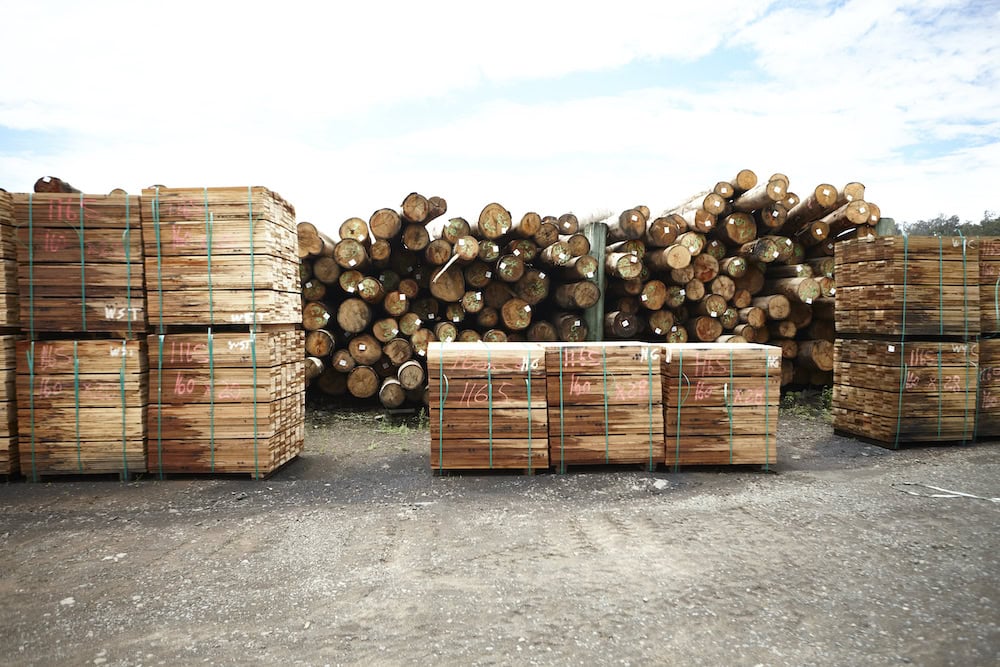
Asked whether this would take 12 months, Mr Marshall said he hoped not because he wanted �the changes to be in ASAP�.
He also said he had made it clear to LLS staff that any amendments to the code must include an increase in approval periods for PNF plans from 15 to 30 years and removal of dual consent requirements for PNF.
�They are absolutely key to not just the continuation of that industry but the growth of the private native forestry industry,� he told the hearings on November 1.
Bronwyn Petrie says it was frustrating enough waiting and lobbying over more than a decade for the review.
�The new code should have been released two years ago, but it got tangled up in the Koala SEPP which is really unfortunate because the timber is our bank,� she says. �And then of course, we had fires go through which wiped out a lot of our good standing timber. Now it comes down to argy bargy between departments and ministers to get this thing rolling.�
Andrew Hurford says PNF is not just about cutting timber.
�It�s enjoyable to sit in the backyard of an evening and listen to koalas calling or to see a platypus in your creek,� he says. �They�re iconic species and, if you manage your native forests well, being able to have and enjoy them on your own property is wonderful.�
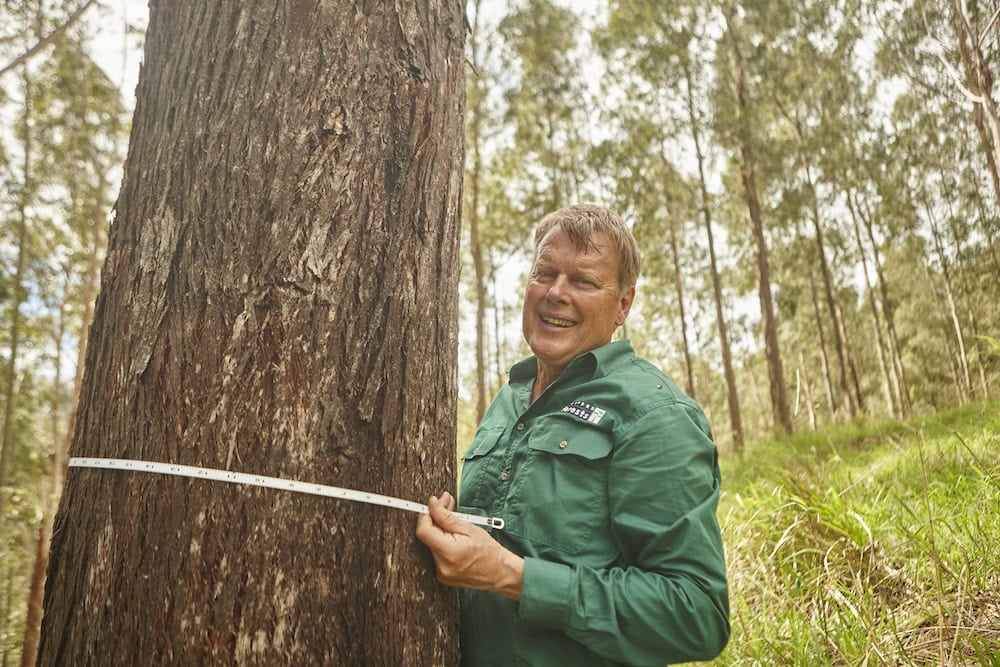
The koala wars
The stoush between NSW National and Liberal MPs followed Cabinet approval in December 2019 of a new State Environmental Planning Policy (SEPP) to protect koala habitat, known as SEPP 2019.
It was signed into law on December 20, without consulting affected parties, such as farmers, landowners and timber industries, who were in the midst of battling the Black Summer bushfires.
The new SEPP implemented in March 2020 was given the power to override the Land Management Code and became the fifth piece of legislation designed to protect native wildlife habitat.
SEPP 2019 increased the list of tree species to be protected as koala habitat from 10 species they feed on to 123 species they use.
It also included maps that identified large swathes of the state as potential habitat, triggering requirements for landholders to pay for expensive koala surveys and seek development consent for many routine farming and PNF activities.

�The maps were highly inaccurate and included farmhouses, the Newcastle CBD foreshore and farmers� sheds, dams and irrigation channels and would force farmers to obtain vegetation approvals from local councils under the non-rural vegetation SEPP instead of Local Land Services,� Bronwyn said.
Then-National Party leader and Deputy Premier John Barilaro threatened in September to break the coalition if the SEPP wasn�t changed to remove its overreach. Eventually a peace deal was brokered.
The 2019 Koala SEPP was repealed in November 2020 and replaced by SEPP 2020 which largely reinstated the measures under SEPP 44 that had applied from 1995 to 2019.
In March 2021, John Barilaro, Planning Minister Rob Stokes and Environment Minister Matt Kean announced in a joint statement that land zoned for farming or forestry in regional NSW would be exempt from a new Koala SEPP.
Other provisions included removing the ability of councils to rezone agricultural land to an environmental zone and eliminating dual consent provisions for PNF in local environmental plans.
Interim measures were put in place until new land management and PNF codes of practice were ready.
If you enjoyed this feature, you might like our story on China’s imposed farming related tariffs.


